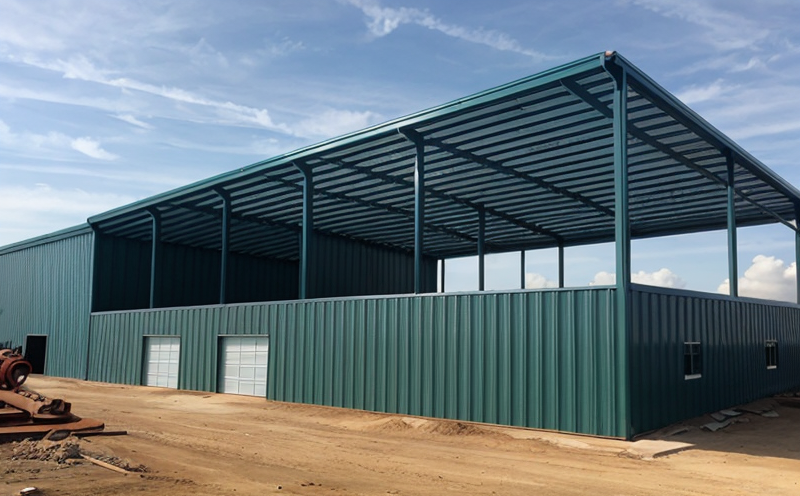IEC 60721 Classification of Environmental Conditions for IoT Devices
The IEC (International Electrotechnical Commission) 60721 standard is a critical framework that defines the environmental conditions under which IoT devices must function reliably and safely. This classification ensures that IoT products are designed to withstand specific environmental stresses, thereby enhancing their performance in real-world applications.
Developed by experts in electrical engineering and international standards, IEC 60721 is widely recognized for its relevance across various sectors, including Smart Home & IoT Device Testing. The standard covers a range of environmental factors such as temperature, humidity, altitude, dust, and chemical exposure, among others. These conditions are crucial for ensuring that IoT devices maintain their integrity and functionality in diverse environments.
For instance, when testing IoT devices intended for use in smart home applications, understanding the classification provided by IEC 60721 is essential. The standard helps quality managers and compliance officers ensure that products meet international safety standards. R&D engineers can leverage this knowledge to design robust prototypes capable of withstanding harsh environmental conditions.
The first step in implementing IEC 60721 involves understanding the specific classification levels required for your IoT devices. This includes determining the temperature range, humidity tolerance, and other relevant factors based on intended use cases. Once these classifications are established, appropriate testing methods must be selected to simulate real-world conditions accurately.
Testing methodologies typically involve exposing specimens to controlled environments that mimic expected operating scenarios. Instruments used in this process include climate chambers capable of replicating wide temperature ranges and humidity levels, as well as specialized equipment for simulating altitude changes or dust exposure. The goal is to subject the IoT devices to these conditions repeatedly until they exhibit signs of failure or degradation.
After completing the tests, detailed reports are generated documenting all observed behaviors during testing. These reports serve multiple purposes; they not only provide valuable insights into how well the device performed but also highlight any areas where improvements could be made. Compliance officers rely on such data to ensure that their products comply with both local regulations and international standards like IEC 60721.
By adhering to the rigorous requirements set forth by IEC 60721, manufacturers can enhance customer satisfaction while simultaneously reducing potential risks associated with product failures due to inadequate environmental considerations. Furthermore, meeting these classifications increases marketability since consumers increasingly demand reliable and durable smart home solutions.
Benefits
- Enhanced Product Reliability: Ensures IoT devices can operate consistently under various environmental conditions.
- Improved Consumer Confidence: By meeting international standards, products gain trust among end-users.
- Compliance with Regulations: Helps companies avoid legal issues by ensuring adherence to relevant laws and guidelines.
- Increased Marketability: Meeting specific classifications enhances the appeal of IoT devices in competitive markets.
International Acceptance and Recognition
- IEC 60721 has been adopted by numerous countries around the world, making it a global standard for environmental condition classification.
- The standard is widely accepted within industry circles due to its comprehensive approach to addressing diverse environmental factors.
- Multinational corporations often specify IEC 60721 as part of their procurement criteria, ensuring that suppliers meet high-quality standards.
Eurolab Advantages
At Eurolab, we pride ourselves on providing unparalleled expertise in IoT device testing. Our state-of-the-art facilities and experienced staff ensure accurate and reliable results every time. Here’s why choosing us for your IEC 60721 compliance needs is the right decision:
- Accurate Testing: Utilizing advanced instrumentation, our lab replicates real-world conditions precisely.
- Comprehensive Reporting: Detailed reports are provided post-testing, offering actionable insights for improvement.
- Expertise and Experience: Our team comprises professionals with extensive knowledge in IoT testing standards.
- Global Recognition: We adhere to international standards, ensuring that your results are universally accepted.





